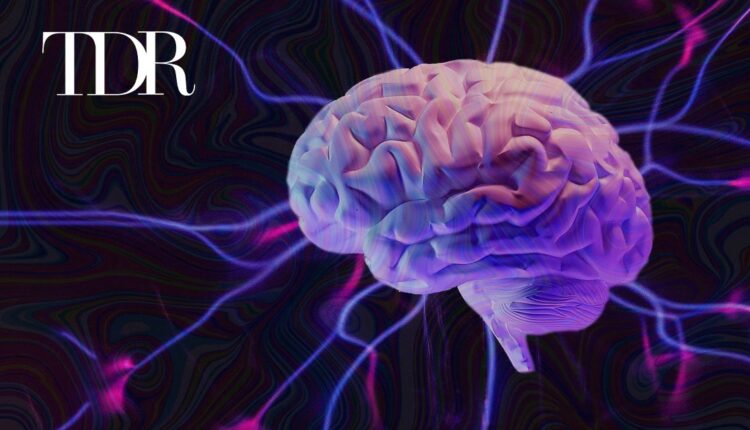
From Coma to Consciousness: Psychedelics’ Role According to National Geographic
The TDR Three Takeaways From National Geographic
- National Geographic, a traditionally conservative magazine, has published an informative feature on psychedelics this week.
- National Geographic examines studies suggesting psychedelics might enhance brain complexity, offering hope for patients in unresponsive states.
- The National Geographic article also considers the ethical and scientific challenges but highlights the urgency for novel treatments driving exploration into psychedelics’ therapeutic capabilities.
According to a detailed investigation by National Geographic, the journey of individuals suffering from disorders of consciousness, such as comas or severe brain injuries, represents one of the most challenging frontiers in modern medicine. The story of David, who turned to psychedelic research in a desperate attempt to awaken his wife, Sarah, from a coma, illustrates the lengths to which families will go to seek recovery for their loved ones. National Geographic’s exploration into the use of psychedelics for such conditions highlights both the potential and the pitfalls of this emerging field.
Sarah’s tragic accident left her in a state of severely impaired consciousness, a condition affecting as many as 300,000 people in the United States alone. David’s relentless pursuit of treatment options led him to consider psychedelics, specifically psilocybin, the active compound in magic mushrooms, and ketamine, a drug known for its anesthetic and psychedelic properties at low doses. This consideration is based on the hypothesis that psychedelics could increase brain complexity, potentially reviving consciousness in patients who have been unresponsive to traditional treatments.
National Geographic points out that over 200 clinical trials have been registered to explore the effects of psychedelics on various mental health disorders. However, the application of these substances to disorders of consciousness is uncharted territory. Olivia Gosseries, a neuroscientist and a leading figure in this research area, emphasizes the novelty and uncertainty of using psychedelics for such purposes.
The ethical concerns surrounding this research are significant. Administering mind-altering substances to individuals who cannot consent poses a profound ethical dilemma. The potential for psychedelics to induce traumatizing experiences or to be misused underscores the need for this research to occur within tightly controlled, clinical settings. Yet, for David and others in his situation, the slow pace of clinical research is a luxury they cannot afford.
National Geographic also discusses the concept of brain complexity as a measure of consciousness. Psychedelics have been shown to increase this complexity beyond normal levels, suggesting a potential mechanism by which these drugs could restore consciousness. However, scientists caution that a direct causal link between increased complexity and improved consciousness has yet to be established.
Despite the challenges, the urgency for new treatments and the preliminary positive outcomes from ketamine administration to patients with disorders of consciousness have fueled continued interest and hope. Research teams, including one at Imperial College London, are preparing to study the effects of DMT, another powerful psychedelic, on these conditions.
National Geographic, a historically conservative magazines’ coverage of psychedelics and disorders and brain injuries offers a compelling look at an area that many would dismiss. This coverage shows how mainstream these treatments are set to become as people accept science and accounts of people that have benefited. Want to keep up to date with all of TDR’s research and news, subscribe to our daily Baked In newsletter.



